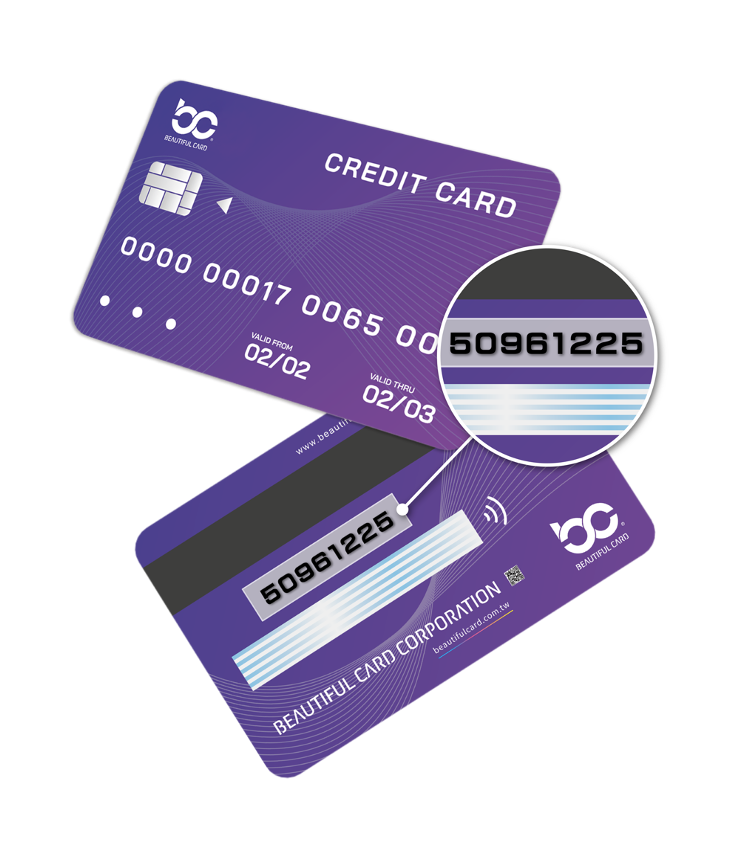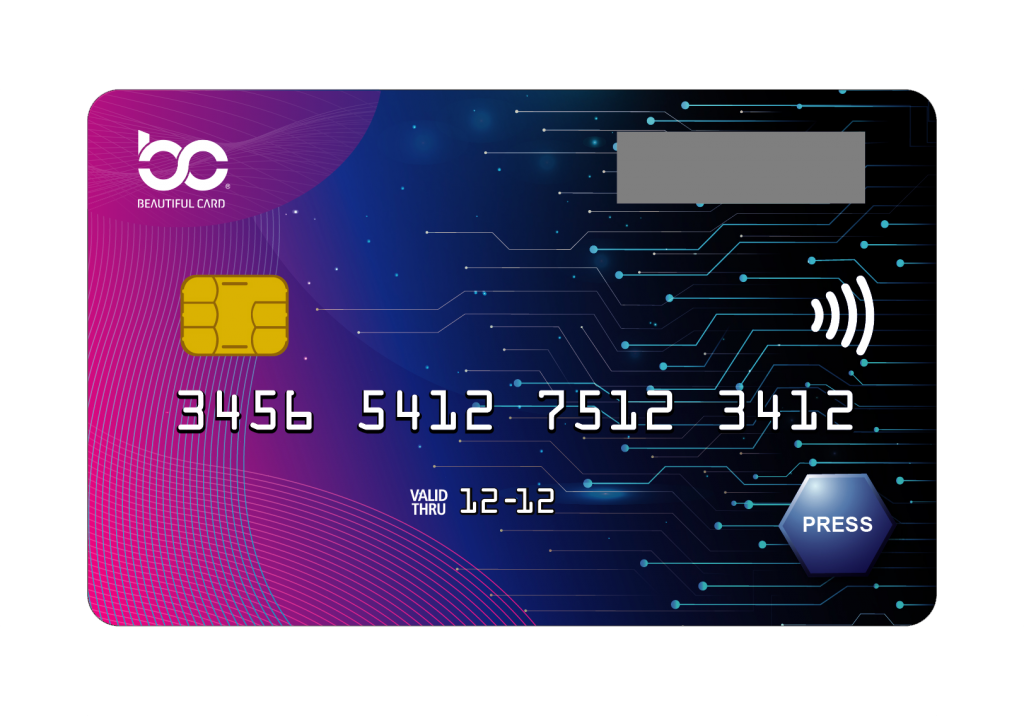A one-time password (OTP), also known as a dynamic password, is a password that can only be used once. Normal static passwords are vulnerable to theft due to Trojan horses, keyboard sniffers, etc. and can undergo a brute-force attack if hackers have spent a longer amount of time on them. To address the vulnerability of the general password to cracking, we have developed an effective solution that combines an OTP with a card and a display screen, which not only prevents data leakage and misuse, but also allows the display screen to stay on top of the money balance, so you can plan your money flow effectively and add more security to the card.
OTP generation is mainly based on time difference as a synchronization condition between the server and the password generator. Use the password generator to generate an OTP when you need to log in. The OTP is discarded after the authentication is completed and cannot be reused. A new password must be used for the next authentication to reduce the possibility of unauthorized access to resources.
– On-screen displays can be developed to meet customer requirements
Introduction to the features of the intelligent display card:
.The three algorithms to meet the ATM and VISA credit card standards:
1. Event
2. Time synchronization algorithm
3. Synchronization and challenge response algorithm
.Single button and multi button design
.Use of the latest rechargeable solid-state film batteries


IC Card
We are one of the few manufacturers in Taiwan with the capability to make IC cards and can develop products to suit different customer needs such as GSM telecom cards, bank cards, prepaid cards and membership cards with chip applications. We are also able to offer quality service in color card printing.
The core of the IC card is the integrated circuit chip, which is embedded in a small plastic card using modern micro-electronic technology, and its development and manufacturing technology is much more complex than that of the magnetic stripe card. The main IC card technologies include hardware technology, software technology and related business technology. Hardware technologies generally include semiconductor technologies, substrate technologies, packaging technologies, terminal technologies and other component technologies, while software technologies generally include application software technologies, communication technologies, security technologies and system control technologies.
The IC card is similar in appearance to the magnetic card, but it differs from the magnetic card in that data is stored in a different medium. Magnetic cards store data through changes in the magnetic field of the magnetic strip on the card, while IC cards store data through an electrically erasable programmable read-only memory (EEPROM) integrated circuit chip embedded in the card.
Therefore, IC cards have the following advantages over magnetic cards:
.Large storage capacity
The storage capacity of magnetic cards is approximately 200 numeric characters; the storage capacity of IC cards varies from a few hundred characters to millions of characters depending on the model.
.Security and confidentiality
Information on the IC card can be read, modified and erased at will, but all require a password.
.CPU cards have data processing capabilities
When exchanging data with a card reader, the data can be encrypted and decrypted to ensure the accuracy and reliability of the exchanged data, whereas magnetic cards do not have this function.
.Long service life

